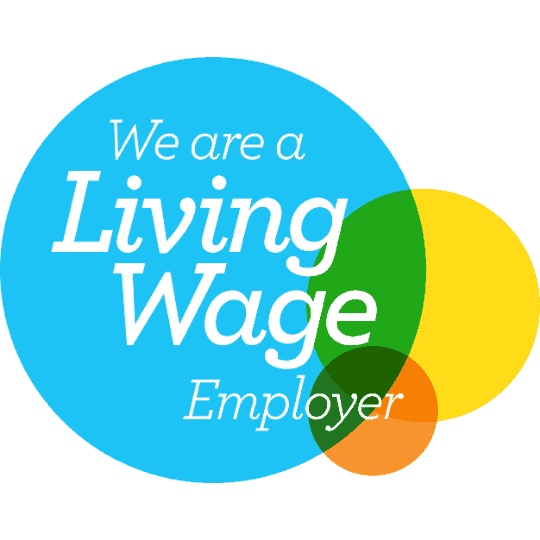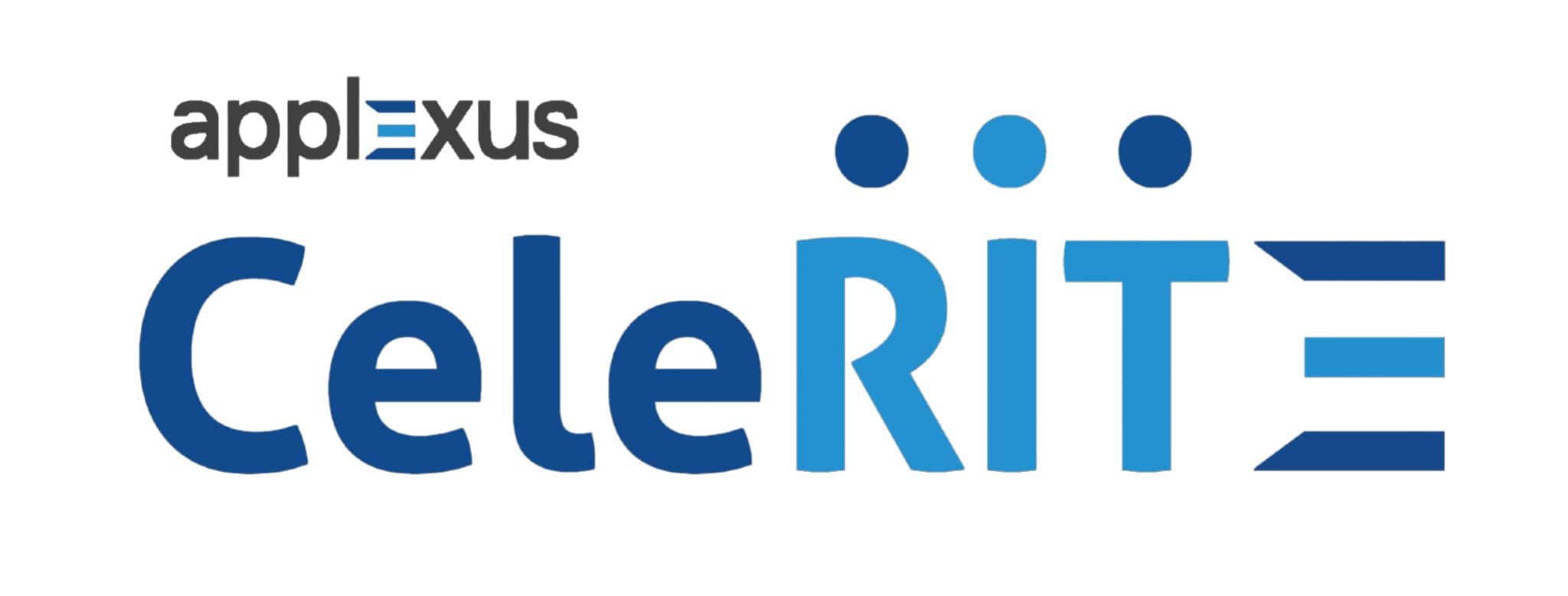As one of their key partners for Oil & Gas, SAP recently involved Absoft in testing their latest Field Logistics solution in light of the imminent CE2308 release, and the imminent on-prem release OP2023.
In this blog we want to share some key findings from this Partner Testing Event, and our take on how this product can work for North Sea operators.
Table of Contents
Field Logistics Overview
We deliberately don’t want to list all functionalities/benefits here, as these are accessible on the SAP website. Rather, we think it is more beneficial to cast Absoft’s critical eye over the current solution. We aim to produce a recommendation/viable path for our customers to move forward.
Our customers are understandably wondering if Field Logistics can live up to what RLM provides, and if there is any new functionality that may provide benefits.
Some key questions companies may have are:
- Will Field Logistics work for my Business?
- How much of a like-for-like replacement for RLM is it?
- How mature is it?
- Should I consider Public Cloud, or On-Prem/Private Cloud? Or does it not matter?
SAP published a notable 30 Field Logistics notes in the last three months. While this demonstrates that the product is still maturing, it also highlights the pace of progress currently in the Field Logistics space. The testing event is a testament to this with the issues raised being turned around very quickly by SAP.
As to public cloud vs. on-prem/private cloud, it is worth highlighting that we find different features based on the product. Not everything that is available in public cloud is also available on-prem/private cloud. However, the opposite holds also true; functions available on-prem/private cloud may not be available in public cloud, if the core does not support this.
For example: the alternative supplying plant feature that allows the checking of stock in multiple onshore supplying plants is not (currently) available in the cloud.
How much of a like-for-like replacement is it?
Customers familiar with Remote Logistics Management (RLM) may be surprised to hear that Field Logistics does away with two key concepts that may be considered part and parcel of RLM:
Shipment (and therefore Loading and Holding Areas)
In Field Logistics, Voyage Stage ID roughly replaces what used to be the Shipment. Consequently, all packing activity and outputs must be specific to a Voyage Stage.
One further implication is that companies who utilise Loading & Holding Areas to plan their load and track items on hold need to re-think how to map their processes.
Returns Document
In RLM, the Returns Document is the vehicle with which one or more items are (prepared to be) returned. All further processing across departments hangs off the Return Document item. Field Logistics, meanwhile, individually tracks equipment and all other backloads based upon a return delivery and reference document (e.g. outbound STO).
Without the return document as a grouping functionality, a new approach may be required for offshore personnel planning their backload.
While there is no return document as such, Field Logistics provides extensive filtering options, allowing one to produce a worklist as we know it. A nice feature available here is the email notification as the return moves across departments.
So, is it a like-for-like replacement? Although broadly speaking yes, what we have highlighted here is that there are differences when we dive into the detail. These are by no means insurmountable issues however; it simply highlights that mapping out how the solution will work requires some creativity and rethinking.
Will Field Logistics Work For My Business?
Field Logistics provides a flexible set of supply processes allowing to send items and containers to a remote site, and their return.
Having had direct exposure to the product, Absoft think that our customers would benefit from augmentation in the following areas to make Field Logistics fit for the North Sea:
Customs Compliance, Dangerous Goods
The Supplier Item in Field Logistics is a new concept for mobilising third-party equipment, rentals, and non-stock items. This enables the tracking of the item from the moment it arrives at the warehouse/quay, to it being returned to onshore and third party.
Similar to RLM, out of the box, the required fields to capture customs status, export licence, tariff code, country of origin, and dual-use are not available. However, we know that in-app extensions can capture this information on the Supplier Item. Further extensibility would then ensure the information is pulled through to the container and voyage. This is crucial to produce the paperwork required and be compliant. The good news here – SAP have provided extensibility options for more Field Logistics applications in the latest CE2308 release.
More user-friendly Pack Transactions
RLM provides drag-and-drop functionality, which allows efficient packing of deliveries, containers, and shipments. Field Logistics meanwhile utilises QR code scanning for packing packages, boxes, and containers. We still, however, recommend a user-friendly drag-and-drop functionality for speedy packing and unpacking, given the nature of the industry and labels being lost.
Outputs
The crane operator, vessel captain, HMRC, and offshore material controller all require different paperwork. Field Logistics overcomes this via an in-built voyage summary output. However, this is unspecific to individual voyage stages or legs. In addition, the summary document will need supplementing with the typical outputs used in the industry, such as load list and manifest, detailing information crucial for the operation – number of lifts, ROBs, etc.
Returns Handling
We think there is leverage in supplementing the Returns functionality, thinking about the key players along the process allowing:
- Offshore personnel to plan their backloads better;
- For the smooth and timely onshore container dispersal from quayside for those operators that perform quayside activity in-house;
- Departments such as Warehouse, Procurement, and Engineering to action the return items.
So, to come back to the initial question: will Field Logistics work for my business as a replacement for RLM?
In our view, the answer is that yes, it can. With SAP’s responsiveness and the right implementation partner, Field Logistics is well-equipped to replace RLM.
To learn more about our team’s experience, tools, and capabilities, please get in touch with us now!















